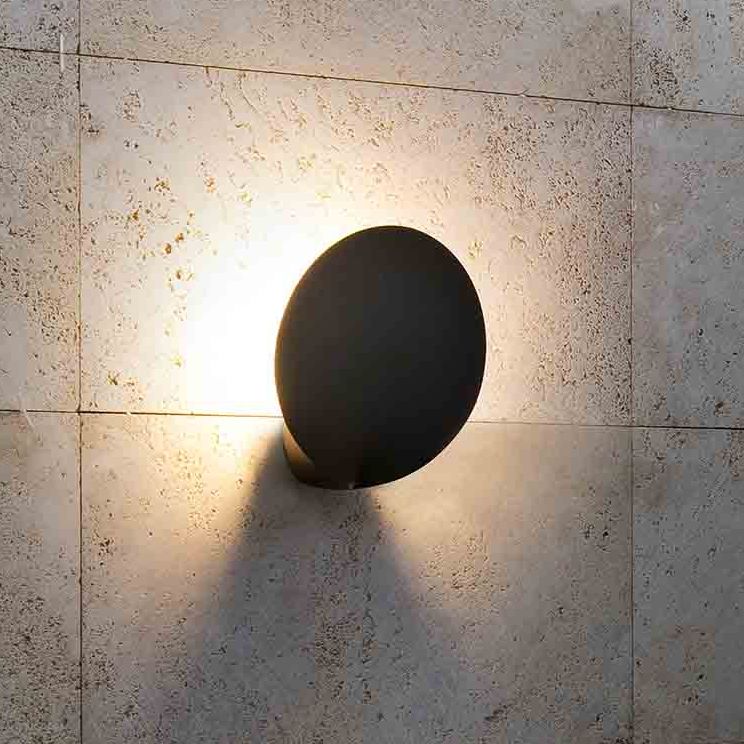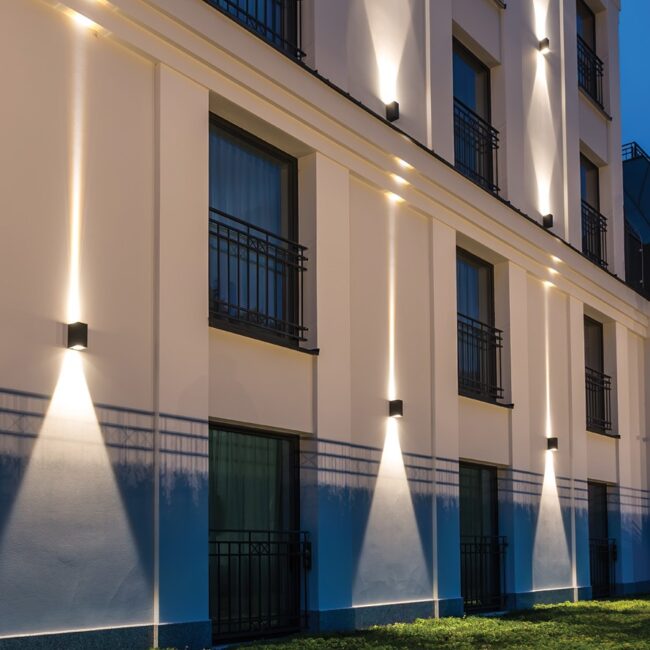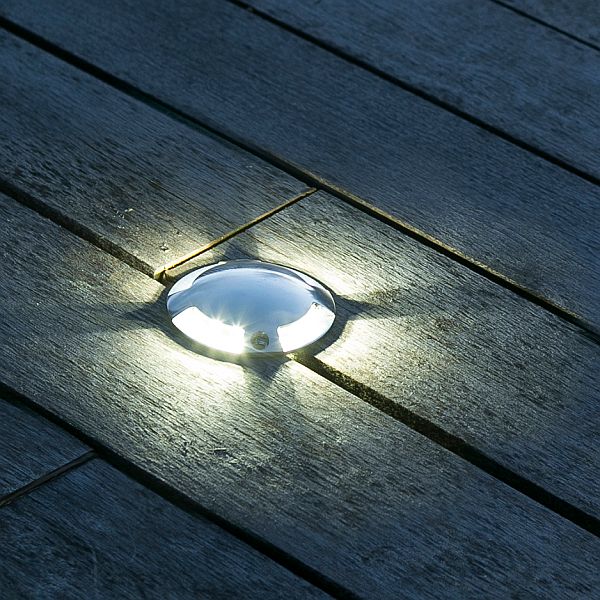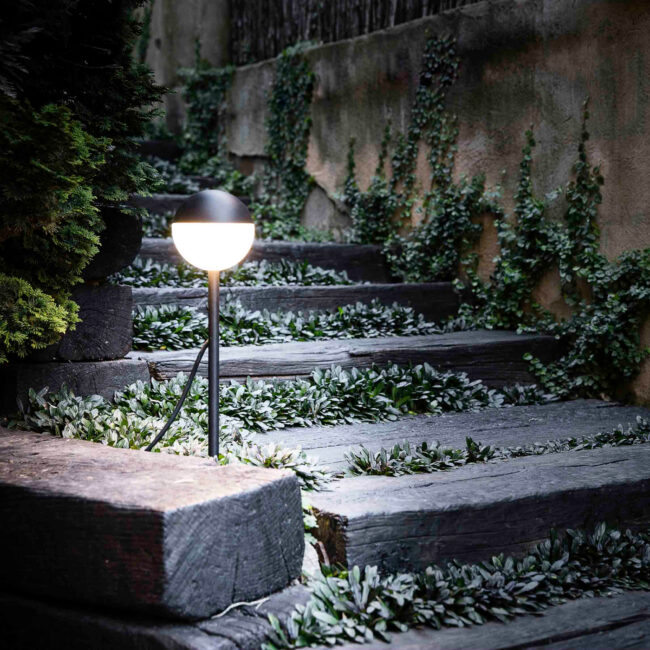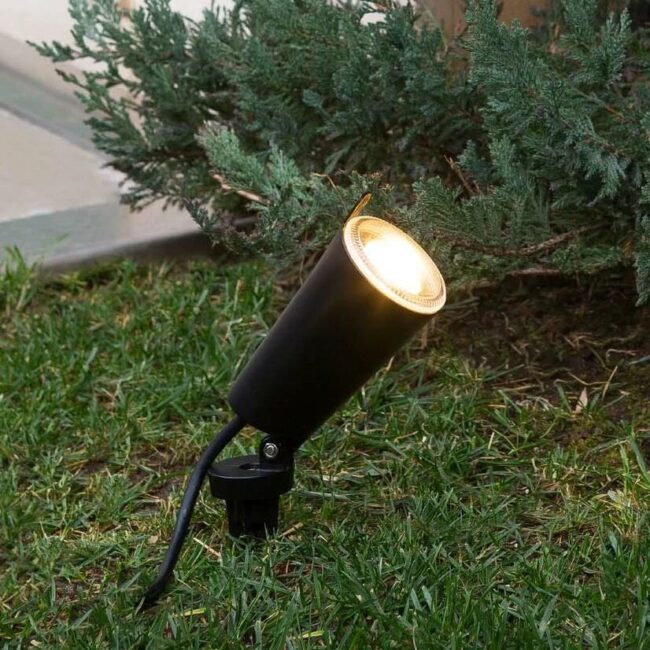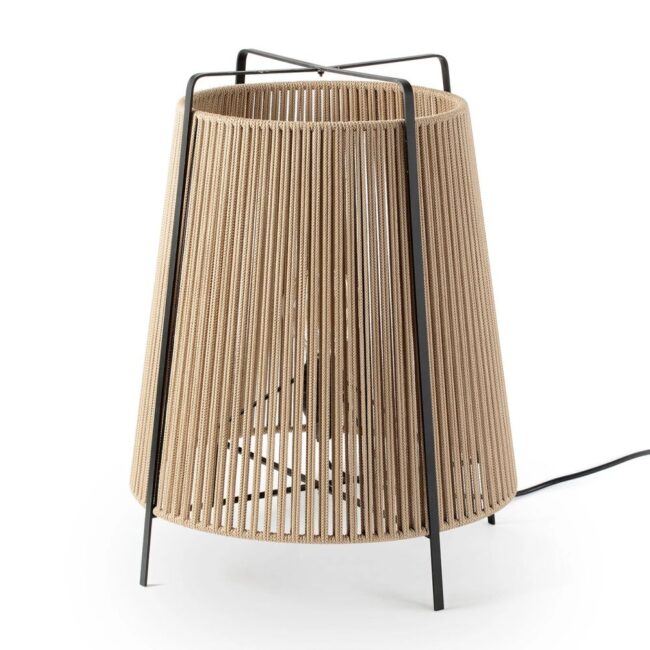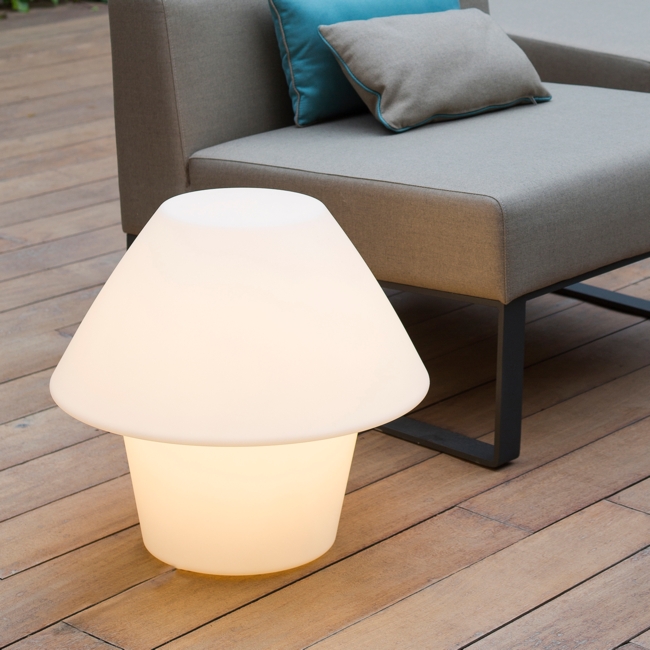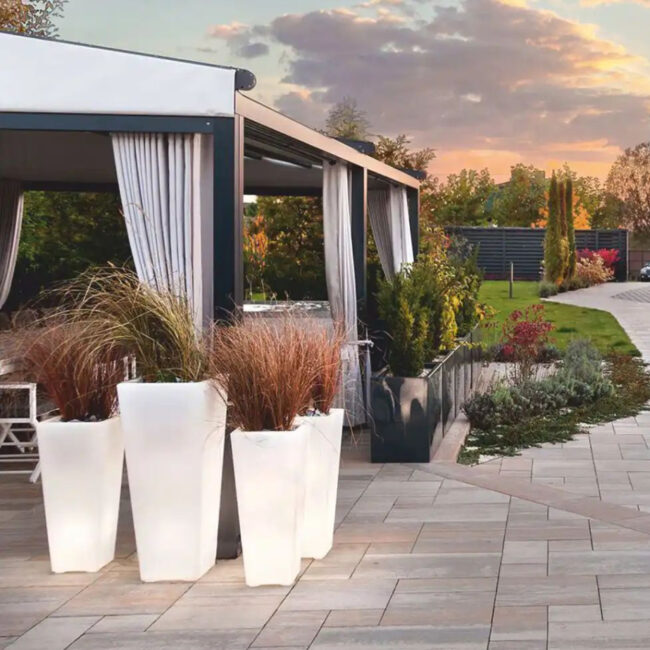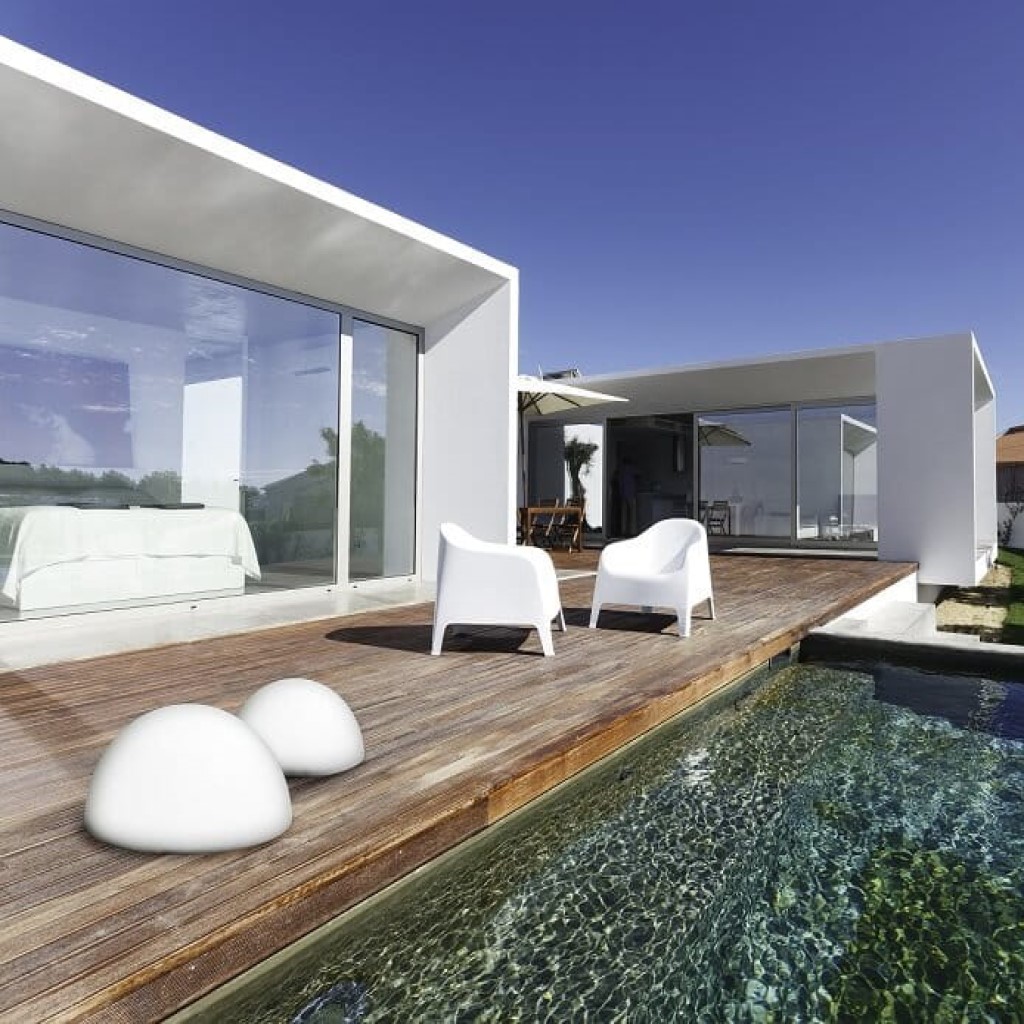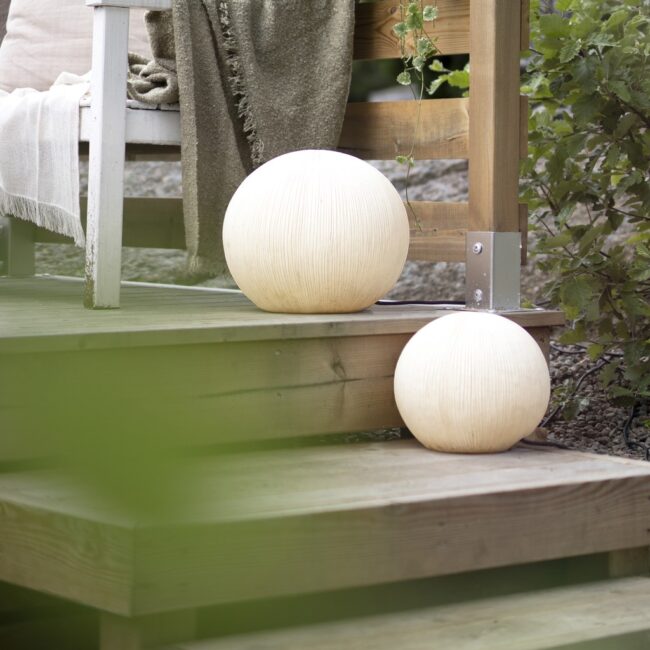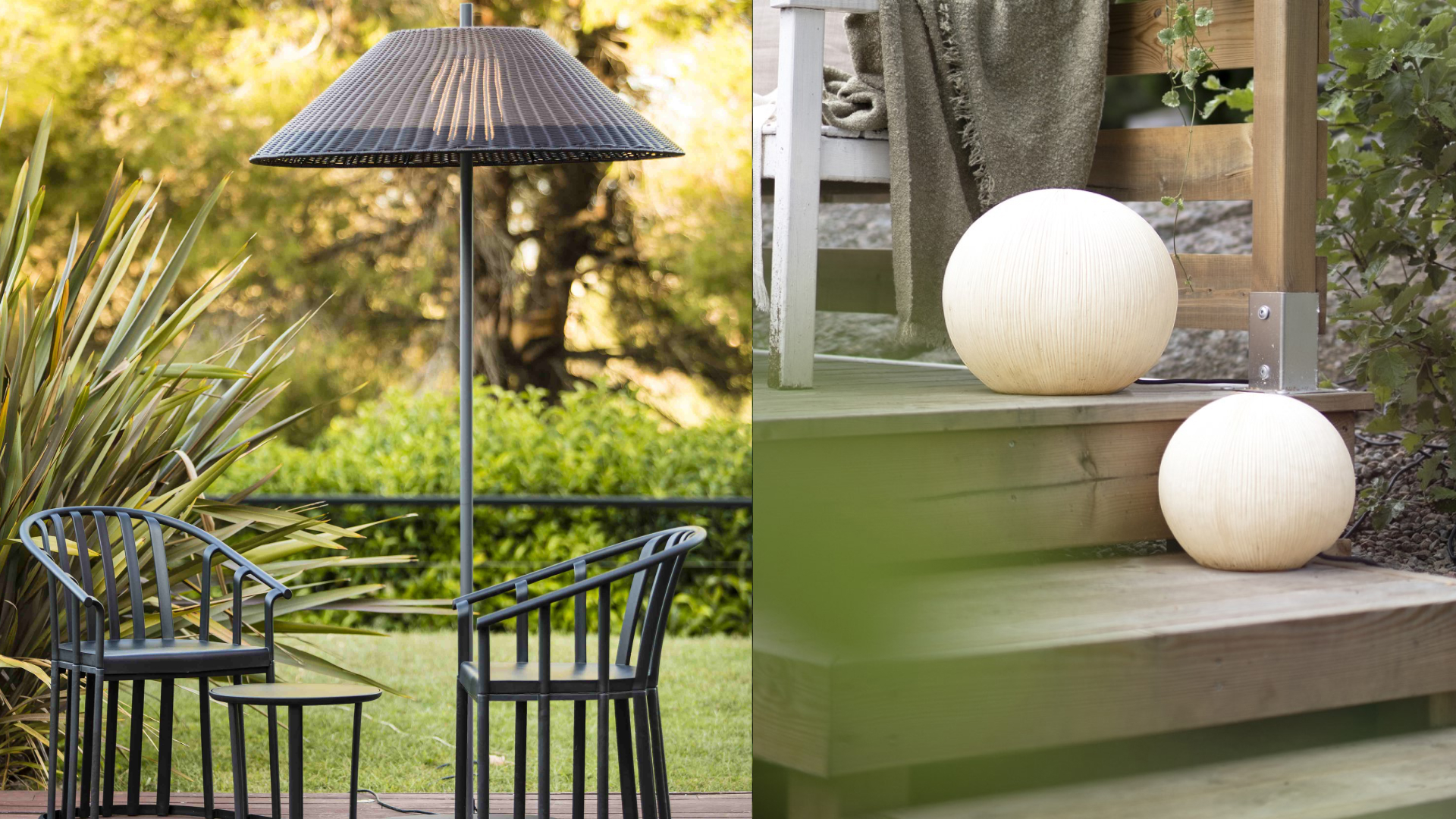
Various options for outdoor lighting
Conscious planning of outdoor lighting plays an important role in designing the home environment. There are endless possibilities and choices, and to navigate better in this field, we’ve put together a little overview. Here we present the simplest solutions that everyone can install themselves. However, if you need help creating a more complex and special lighting solution, our consultants will be happy to discuss your wishes and needs and offer suitable solutions.
Where to start planning outdoor lighting?
You should first map out the situation in your home to identify the areas you want to illuminate. It would also be good to classify the standard use of the areas – whether the luminaire has only a practical purpose, such as illuminating the footpath and the front of the door, or whether it could have a decorative function, such as illuminating the garden or façade. If there are areas around the home, where you want to spend a pleasant time even after sunset, it would be good to know what the atmosphere created by lightning could be, what the activities undertaken there are, how much light they require, etc. In addition, it is important that the outdoor lighting matches the general nature of your home and garden. It makes a big difference whether you are planning lighting for a functional and modern private house or a timeless renovated country house – there are many suitable options for both. Existing luminaires should not conflict with new ones. In general, the “less is more” rule also applies when planning a lighting solution, one should make the right choices from the beginning so that the different types of lighting form a harmonious whole.
The home and facade
When lighting the front of the house and the façade, it is important to make sure that the lighting does not start to interfere. Accent lights placed at the wrong height or post lights placed under windows can cause unwanted light pollution. In the case of façade lighting, luminaires that distribute light beams vertically are a good solution. Both top-down and bottom-up luminaires are suitable for this purpose, luminaires that distribute the light beam evenly up and down or instead scatter the light as a soft circle on the surface. There are also luminaires that can adjust the direction and width of the light beams as desired. To illuminate the façade, we recommend choosing wall luminaires with a modest design and a covered light source.
Garden lighting
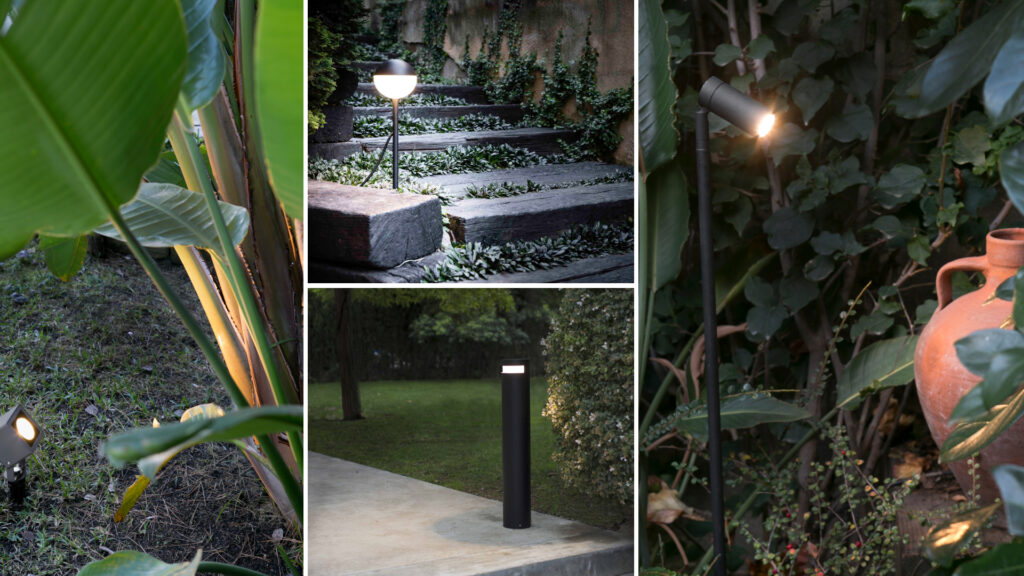
Recessed luminaires are particularly suitable for lighting footpaths, stairs, part of the garden wall or the vegetation beside it.
Many recessed luminaires also have so-called cheaper alternatives in our product range, which are not inferior to the products of well-known brands in terms of their functionality or capabilities. Leaving aside the more special design luminaires, which are the icing on the cake, the so-called hidden luminaires are the ones that can keep the budget of a home outdoor lighting project under wraps. The design of the various recessed outdoor luminaires and LED solutions is not intended to stand out, and the price range is more diverse for such luminaire types – from a few dozen euros to a few hundred.
When planning a budget, it is worth involving possible external assistance – for example, different recessed luminaires need preparatory work and, depending on the skills of the buyer, also assistance in installing them.
Portable outdoor luminaires are suitable for illuminating areas with soft ground, which have the advantage of being able to redesign the garden or outdoor space according to the situation and the season. The general appearance of the garden and its use is highly dependent on the seasons, so flexibility is very welcome. For example, the same lighting can be used to highlight the blooms of grasses in summer and the evergreen shrubs in winter.
The outdoor area as a living room

As long or short as our summer is, a garden enthusiast wants to make the most of it. This means that balconies, terraces and furnished garden areas must be designed as cosy leisure areas that are as comfortable as possible, which one does not tend to leave even after sunset. Quite a few well-known luminaire manufacturers have taken a new direction in creating outdoor luminaires, designing them similarly to popular indoor luminaires. This gives the luminaire multifunctionality – at the end of the summer, the luminaire can also perfectly be used in the living room.
In smaller outdoor areas, you can also use luminaires that also function as furniture – for example, portable outdoor luminaires that can be used as a flower pot stand or a small serving table, or luminaires that also fill the role of seats.
VERSUS
Spectacular light balls and illuminated flower plates
Very nice atmosphere is created by different sized light balls or illuminated plant pots, which are designed for outdoor use. Place the light balls in small groups on the terrace or in a cozy seating corner in your garden. They have a decorative effect even when they are not illuminating. Light balls are available in various natural tones and textures, they are easy to install and easy to maintain.
Perennial plants planted in illuminated plant pots should be replanted in the fall and replaced with something more cold-resistant for the winter, such as heather or Erica. Compositions created from dried grasses also look very effective.
LIDIA 90
Sandhamn IP44
NB! When buying an outdoor luminaire, it is important to pay attention to its IP number – it should be 44 or higher. The IP of outdoor luminaires in direct contact with water should be 67 or higher. When purchasing light sources suitable for luminaires, it is worth researching the technical data of the luminaire before purchasing it, which in most cases also contains information about the light sources suitable for the luminaire.
If you have an idea for the design of your home lighting project, be sure to contact our consultants and we can help you make it happen – info@light24.lt


